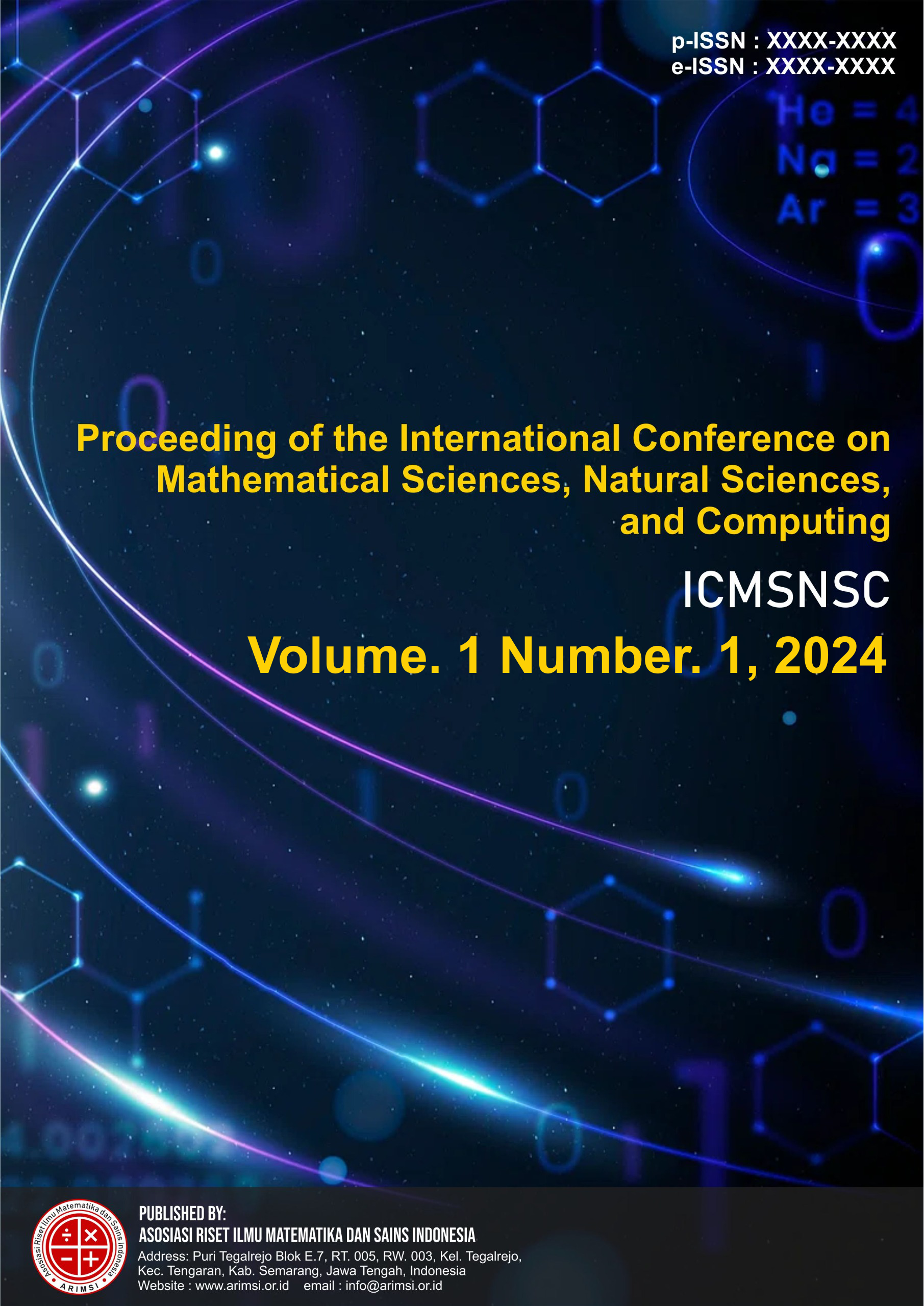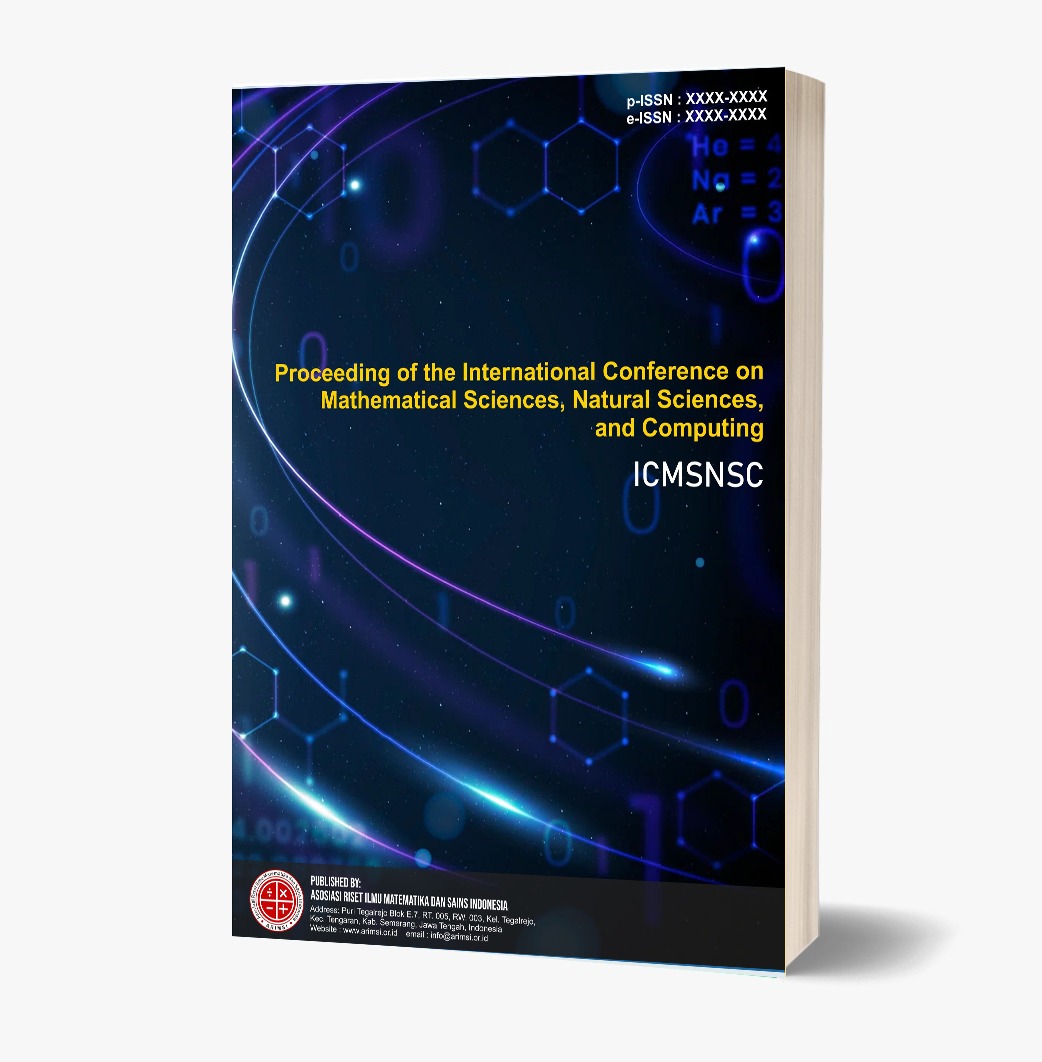Computational Approach to Solving Complex Problems in Fluid Dynamics and Thermodynamics
Keywords:
Computational methods, fluid dynamics, numerical simulation, thermodynamicsAbstract
This paper presents a computational approach to addressing complex challenges in fluid dynamics and thermodynamics. The study begins by exploring the fundamental principles and challenges in these fields, emphasizing the importance of efficient computational methods for analyzing fluid flow and thermal behavior in various engineering applications. The primary objective is to develop a robust computational framework that integrates advanced numerical techniques and simulation tools to enhance accuracy and efficiency. The methodology involves implementing high-fidelity simulations using finite volume and finite element methods, validated against benchmark problems and experimental data. The findings demonstrate significant improvements in predictive capabilities, offering insights into fluid-thermal interactions under various conditions. These advancements hold practical implications for optimizing engineering systems, such as energy conversion, heat exchangers, and aerodynamics. This research contributes to the ongoing efforts to bridge theoretical knowledge and practical applications in fluid dynamics and thermodynamics.
References
Anderson, J. D. (2020). Computational Fluid Dynamics: The Basics with Applications. McGraw-Hill Education.
Duraisamy, K., Iaccarino, G., & Xiao, H. (2019). Turbulence modeling in the age of data. Annual Review of Fluid Mechanics, 51(1), 357-377.
Incropera, F. P., DeWitt, D. P., Bergman, T. L., & Lavine, A. S. (2017). Fundamentals of Heat and Mass Transfer. Wiley.
Kundu, P. K., Cohen, I. M., & Dowling, D. R. (2016). Fluid Mechanics. Academic Press.
Patankar, S. V. (2018). Numerical Heat Transfer and Fluid Flow. CRC Press.
Versteeg, H. K., & Malalasekera, W. (2007). An Introduction to Computational Fluid Dynamics: The Finite Volume Method. Pearson Education.






